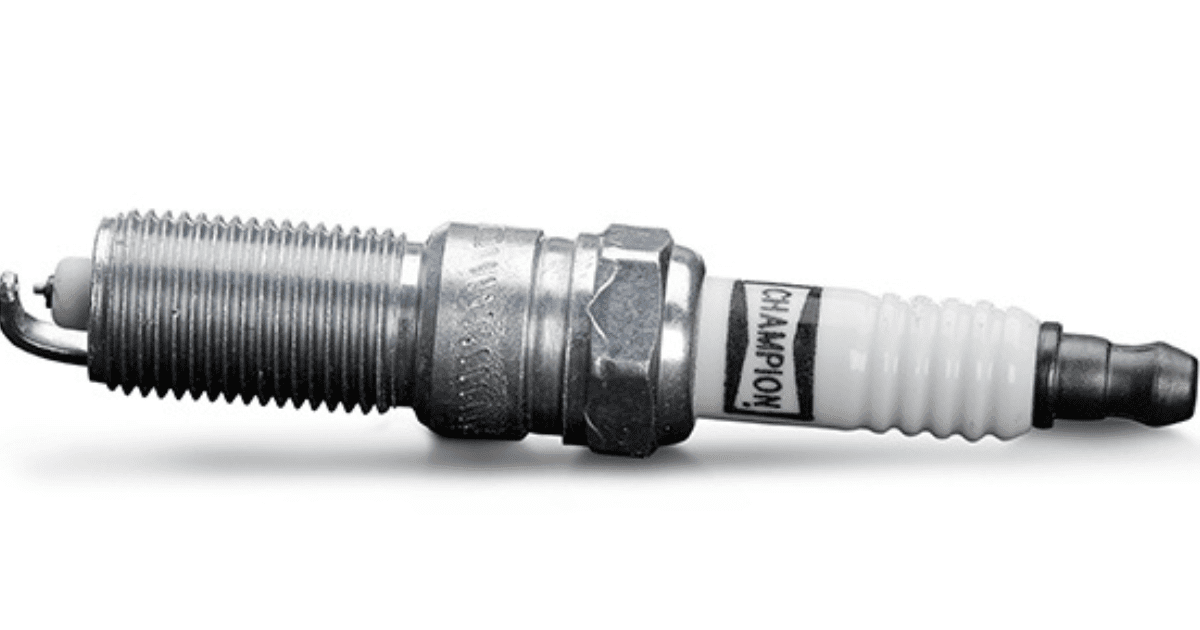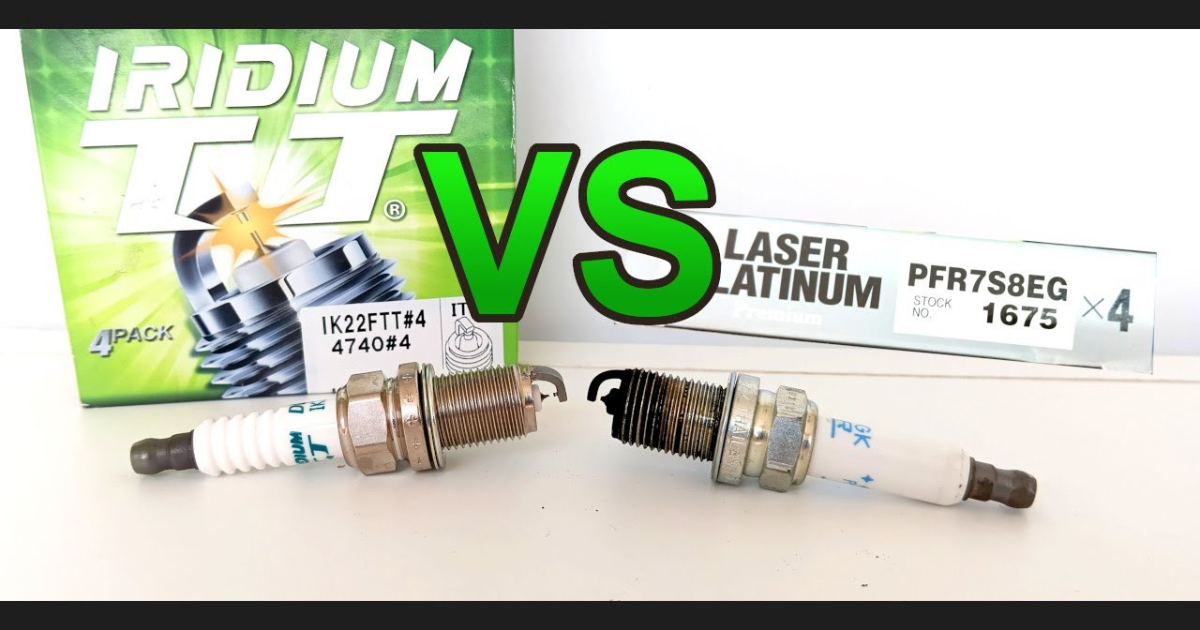Introduction to spark plugs and their importance in an engine

Even though they are small, spark plugs are very important to the way an engine works. Spark plugs make the spark that lights the mixing of fuel and air in the combustion chamber. They do this by connecting the electrical and combustion systems. Your car’s speed and smooth running depend on this controlled ignition.
Anyone who is interested in cars or wants to become a mechanic needs to know how important spark plugs are. A bad spark plug can cause a lot of problems, like poor engine performance, misfires, higher fuel costs, and in the worst cases, damage to the engine itself. Because of this, it is important to know everything there is to know about spark plugs to make sure your engine runs well and lasts a long time.
We will learn about the different kinds of spark plugs, their features, and how they affect engine operation in this in-depth guide. Whether you are an experienced car fan or a beginner who wants to learn more about spark plugs, this guide will give you the information you need to choose the right spark plug for your particular engine.
Understanding the anatomy of a spark plug
To fully understand how a spark plug works and what it means, you need to know how it’s put together. A spark plug might not look like much, but it is very important for the burning process in an internal combustion engine.

At first look, a spark plug seems to be made up of a few main parts that work together to create the spark that lights the mixture of air and fuel in the engine’s combustion chamber. The metal shell, the insulator, the center electrode, the ground electrode, and the space between them are the key parts.
Spark plugs have a metal shell around them. This shell is usually made of steel or steel that has been nickel-plated. It supports the structure and lets heat escape so that it doesn’t get too hot. The shell is also threaded, which makes it easy to put on and take off.
Insulates and is usually made of clay material. It is inside the metal shell. As both an electrical and temperature barrier, this insulator makes sure that the spark plug’s electrical energy goes to the right place to start the fire. It also helps get rid of heat and stops misfires.
The spark plug’s center electrode, which goes into the ignition chamber, is an important part. Because they have high melting points and good conductivity, strong metal alloys like platinum or iridium are often used to make it. The middle electrode both moves the electricity and makes the spark that lights the mixture of air and fuel.
The ground electrode is directly across from the center electrode and in a straight line. The purpose of the ground electrode is to let the electricity flow back to the firing system. It is also made of a strong metal alloy that can handle the high temperatures that are created during burning, just like the center electrode.
The spark plug gap, which is the space between the center electrode and the ground electrode, is a key factor that affects how well the ignition works. It is at this gap that the electrical charge jumps, making the spark that starts the engine. The gap’s size is carefully adjusted to make sure that it burns efficiently and doesn’t cause misfires.

By understanding how a spark plug works, you can appreciate the complex engineering that went into making this seemingly simple part. When picking the right spark plug for your engine, you can make an informed choice by looking at the materials used, the design features, and the function of each part.
Different types of spark plugs: a breakdown of the options available
You can choose from a number of different spark plugs on the market. Knowing the difference between the types is important for getting the most out of your car’s engine. Let’s take a look at how the choices are broken down.

- Copper Core Spark Plugs: These are the most common and least expensive type of spark plugs. They have a copper core that makes them very conductive, which makes burning more efficient. Spark plugs with a copper core are known for being reliable and able to handle high temperatures. Compared to other types, though, they tend to live less long.
- Silver Spark Plugs: Silver spark plugs are better than copper core plugs. The platinum ring on the center electrode makes them more durable and makes the spark plug last longer. Platinum is not easily worn away by electrode corrosion and works better over time. For cars with electrical ignitions, these plugs work perfectly, and they don’t break down often.
- Iridium Spark Plugs: When it comes to speed and durability, iridium spark plugs are the best choice. Iridium, which is one of the strongest and most lasting metals, is used to make the small electrodes. Iridium plugs use less fuel, respond better to throttle inputs, and have great ignition properties. They are made to last a long time, which is why high-performance engines often choose them.
- Double Platinum Spark Plugs: The center electrode and ground electrode of a double platinum spark plug are both made of platinum, in line with its name. This shape makes it even more durable and makes sure that it burns efficiently. In cars with distributorless ignition systems, double platinum plugs are often used because they work reliably and consistently.
- Silver Spark Plugs: These are a special kind of spark plug that is only used in certain situations, like in high-performance or race engines. They have a silver electrode, which is better at conducting electricity and getting rid of heat. Silver plugs are known for being able to work well in tough environments and withstand extreme temperatures.
Picking the correct spark plug type for your car relies on a number of things, such as what the manufacturer suggests, the engine’s specs, and the performance results you want. To make sure you make the right choice, you should look at your car’s instructions or talk to a reputable mechanic.
Remember that choosing the right spark plug is a very important part of keeping your engine running strongly and efficiently. Please take the time to learn about the different choices and pick the one that works best for your car.




